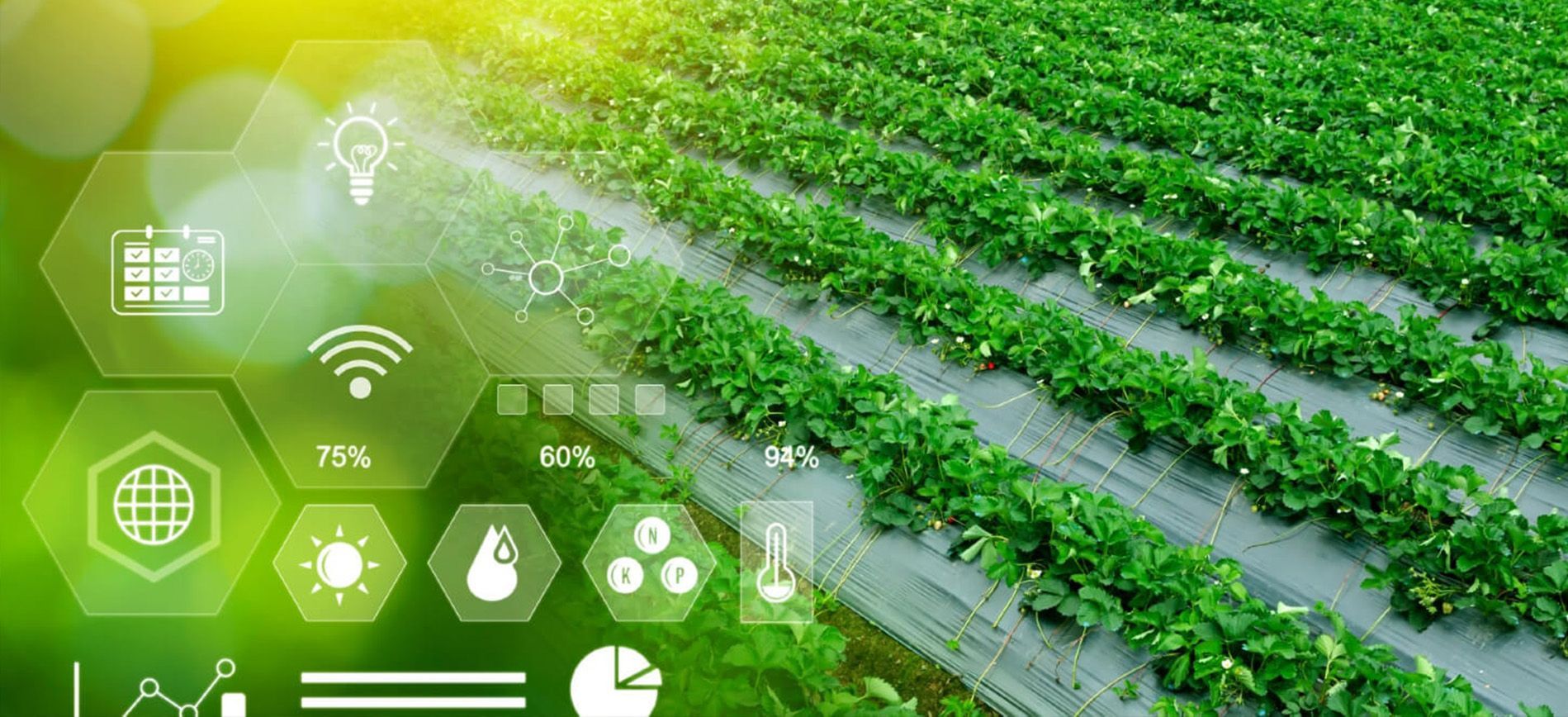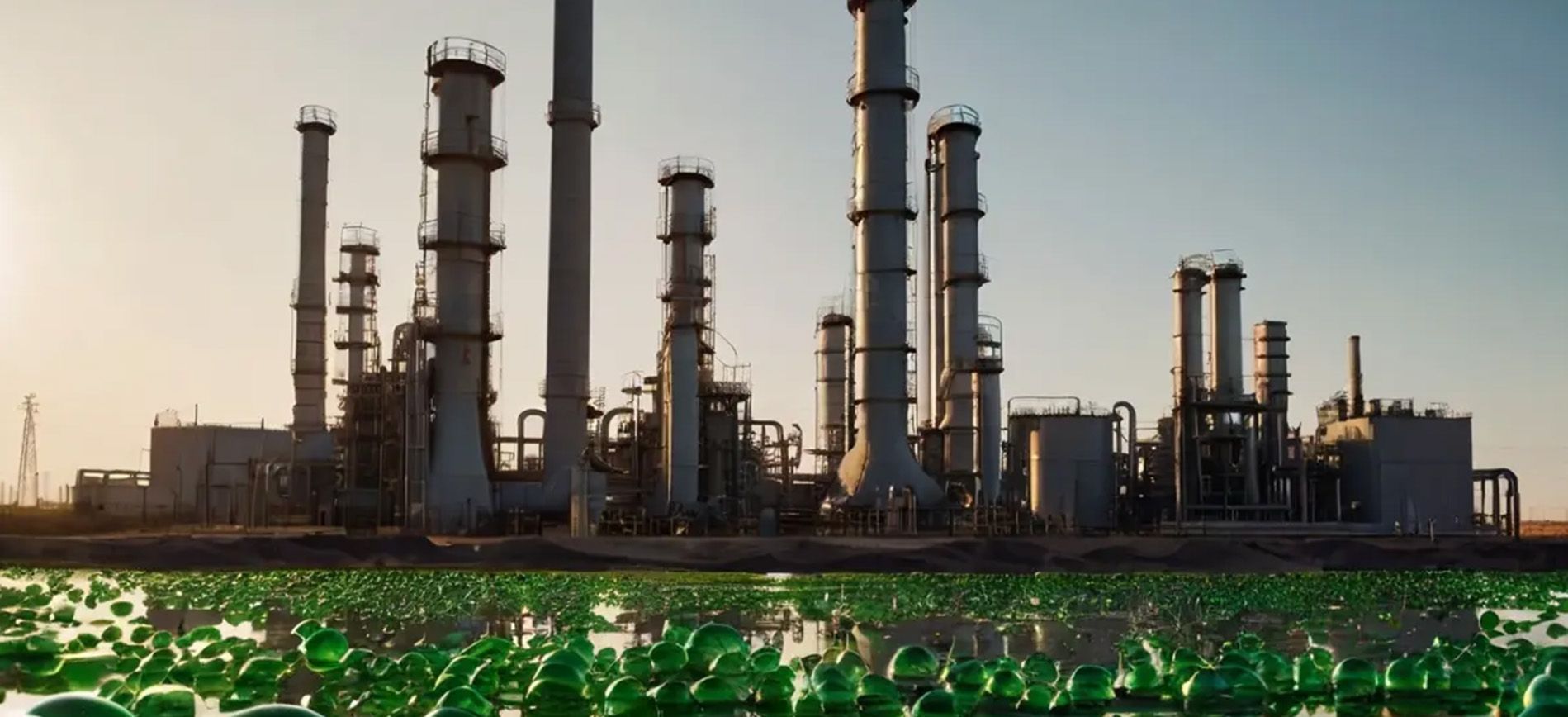The Rise of Biofertilizers: Revolutionizing Sustainable Agriculture
The Rise of Biofertilizers:
Revolutionizing Sustainable Agriculture

As the global population surges and the demand for food production intensifies, the need for sustainable agricultural practices has never been more critical. One innovation leading the charge is biofertilizers, which are transforming the way we enrich soil fertility and crop productivity. In this blog, we explore the science behind biofertilizers, their advantages over traditional fertilizers, and their growing role in the future of agriculture.
What Are Biofertilizers?
Biofertilizers are natural preparations containing living microorganisms that enhance the availability of essential nutrients in the soil. Unlike chemical fertilizers, biofertilizers work by:
• Fixing atmospheric nitrogen.
• Solubilizing phosphorus.
• Stimulating plant growth through natural growth-promoting substances.
Common types of biofertilizers include:
• Nitrogen-Fixing Bacteria (e.g., Rhizobium, Azotobacter)
• Phosphate-solubilizing microbes (e.g., Bacillus, Pseudomonas)
• Mycorrhizal Fungi, which improve water and nutrient uptake.
Benefits of Biofertilizers
Biofertilizers offer a plethora of advantages, making them a cornerstone of sustainable agriculture:
1. Environmental Sustainability
Biofertilizers reduce the reliance on synthetic chemicals, which can lead to soil degradation, water contamination, and greenhouse gas emissions.
2. Cost-Effective
These natural alternatives are more affordable in the long term as they improve soil health, reducing the need for continuous fertilizer application.
3. Improved Soil Health
Biofertilizers enhance the organic content of the soil, boosting its fertility and structure.
4. Increased Crop Yields
The microorganisms in biofertilizers enhance nutrient uptake, leading to healthier and more robust crop growth.
5. Sustainable Resource Utilization
They promote efficient use of natural resources like water and nutrients, making agriculture more resource-conscious.
Market Trends and Global Adoption
The biofertilizer market is experiencing unprecedented growth due to increasing awareness of sustainable practices. Key trends include:
• Growing Demand in Organic Farming: With organic food becoming mainstream, biofertilizers are integral to pesticide-free farming.
• Government Incentives: Many countries offer subsidies and incentives to promote the use of biofertilizers.
• Technological Advancements: Innovations in microbial biotechnology are leading to more effective and targeted biofertilizer solutions.
According to market reports, the global biofertilizer market is expected to reach USD 5.5 billion by 2030, growing at a CAGR of 11.3%.
Challenges to Adoption
Despite their advantages, biofertilizers face hurdles:
1. Awareness: Many farmers are unaware of the benefits and application techniques of biofertilizers.
2. Storage and Shelf Life: Being living organisms, biofertilizers have limited shelf life and require proper storage conditions.
3. Slow Results: Unlike chemical fertilizers, the effects of biofertilizers are gradual, which can deter adoption.
Future Outlook: A Green Revolution with Biofertilizers
As the world pivots toward eco-friendly practices, biofertilizers are set to play a pivotal role in ensuring food security and environmental sustainability. Governments, agricultural bodies, and private players must collaborate to overcome adoption barriers and promote education about biofertilizer benefits.
Key Innovations to Watch:
• Customized Biofertilizers tailored to specific crops and regions.
• Integration with Precision Agriculture for targeted application.
• Improved Formulations for extended shelf life and efficiency.
Conclusion
The rise of biofertilizers signifies a transformative shift in agriculture, merging traditional wisdom with modern science. By embracing these natural solutions, the agricultural industry can achieve sustainable productivity, preserve the environment, and secure the planet’s future.




